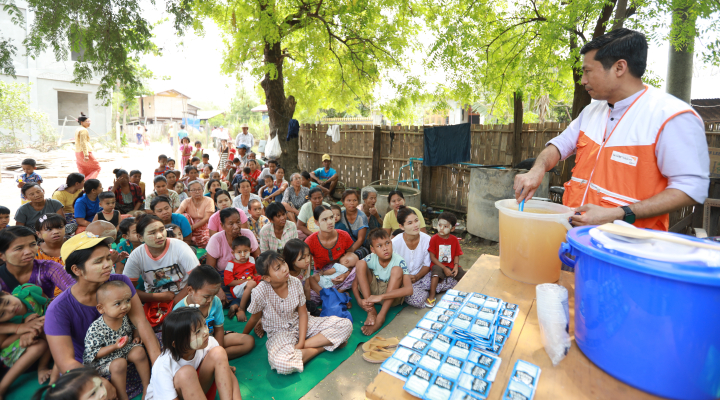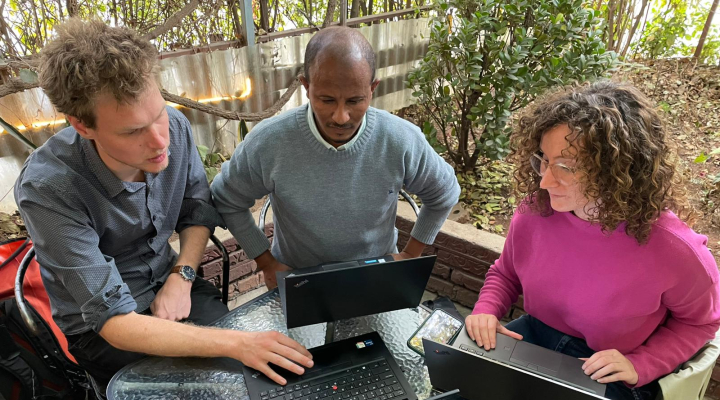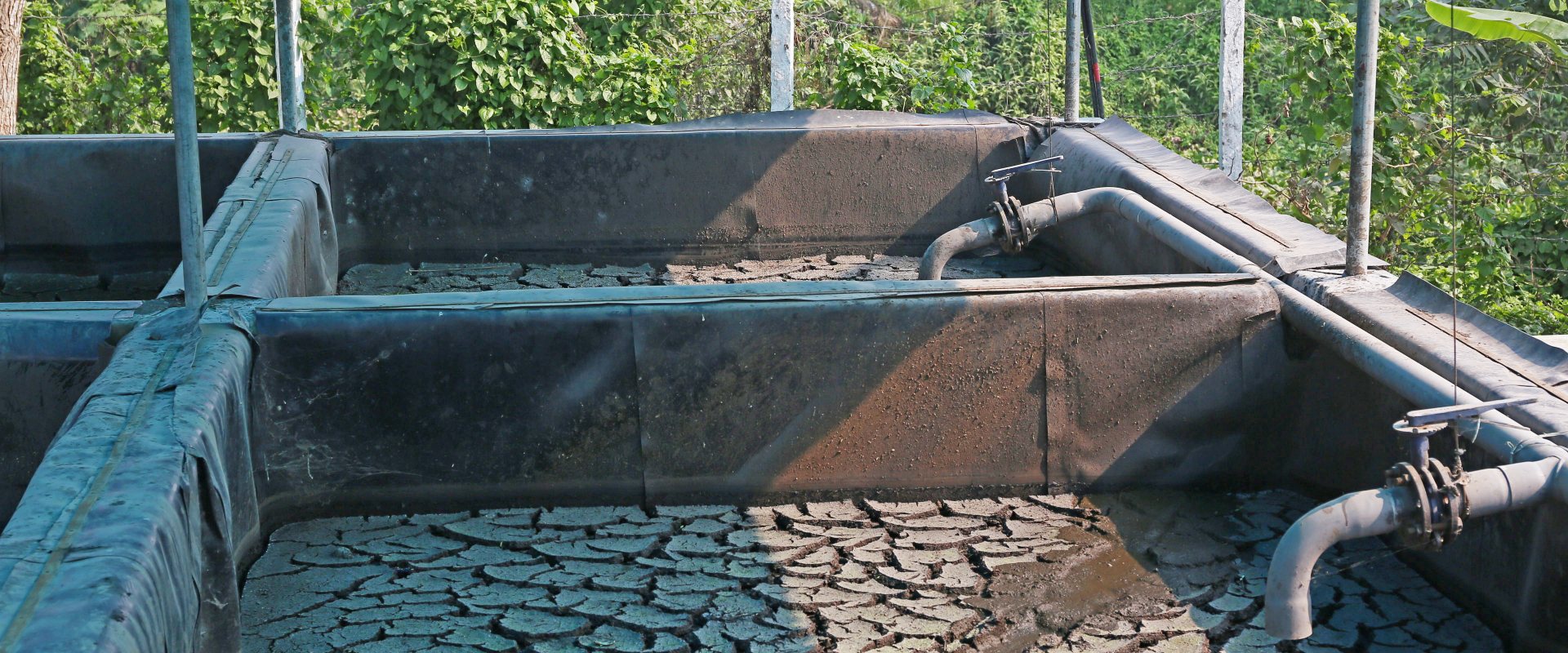
How do low-cost faecal sludge treatment plants really work?
International development organisation SNV, together with University of Technology Sydney (ISF-UTS), released a publication on the lessons-learned of nine low-cost faecal sludge treatment plants in Asia and Africa.
One of the success factors that emerged, is the ability of operators to create more demand from households to empty their pit latrines and for the operators to expand the treatment capacity of their plants accordingly.
Day-to-day reality
The publication ‘Treatment technologies in practice’ responds to the need to provide more insight into the day-to-day reality of decision-makers and operators of faecal sludge and wastewater treatment technologies. The nine cases in this publication describe how each technology was selected, how it works, what the realities, challenges and opportunities are of operating it, and how reuse fits into the equation.
SNV has worked closely with knowledge partner ISF-UTS in developing a range of knowledge outputs and events covering a number of topics from sanitation planning and financing to enforcement and sanitation in low-income communities. During SNV’s 2018 Lusaka learning event, it became evident that stakeholders from government, utility companies, and the WASH sector had limited access to documentation of real-life operations and experiences in sludge treatment and reuse.
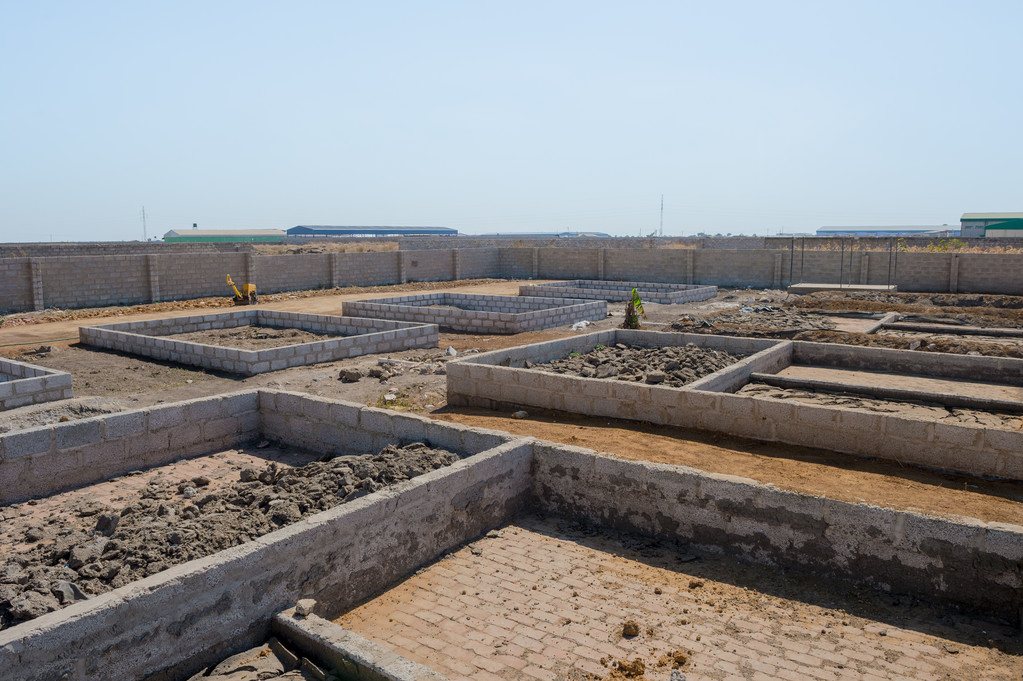

Functionality of treatment
‘Discussions on urban sanitation investments are very treatment plant centred’, writes Antoinette Kome, Global sector head WASH of SNV, in the foreword of the publication. 'Construction of treatment plants is often perceived as the intervention that will solve the urban sanitation problem in a city. In the case of faecal sludge treatment, too little thought is given to the functionality. I have seen more non-functional and abandoned plants than operational ones.'
Kome is glad the researchers for this study managed to find successful cases and report on the live experiences of the people involved. 'This is innovation in practice, written in an accessible form, providing a resource for decision-makers who would like to imagine what an effective and sustainable treatment option could look like.'
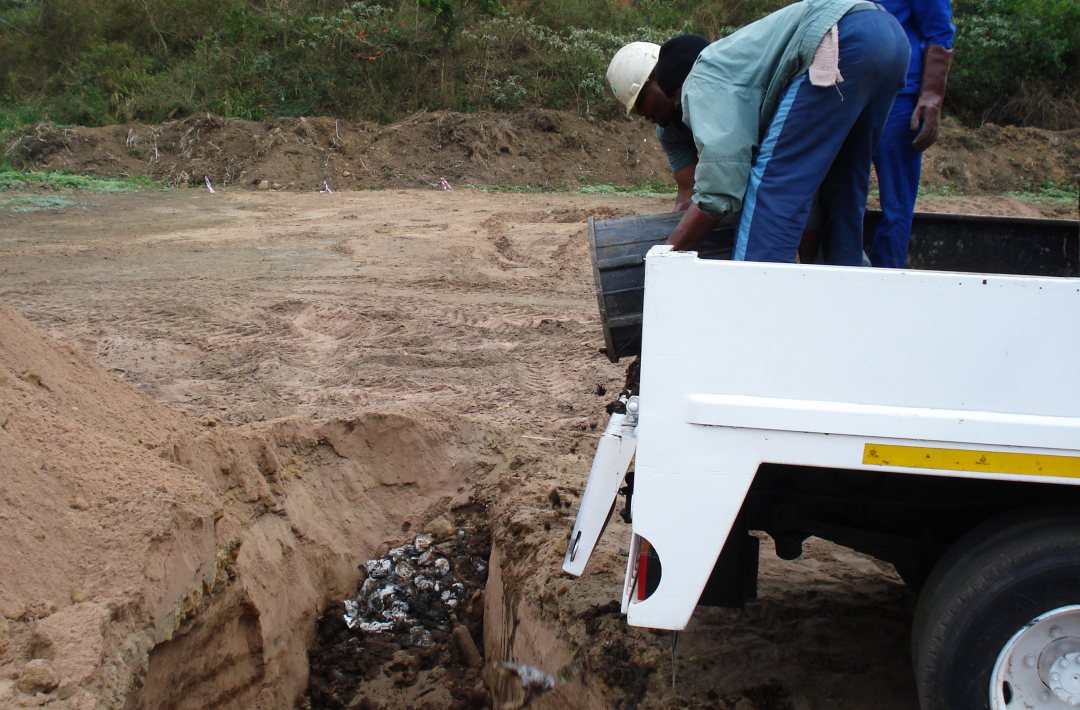

Interim technologies
The researchers summarized their findings in eight key insights. The first one mentions concerns of the capacity of the plant. This must match the supply side, the volume of sludge that reaches the plant. They found several plants operating below capacity. Operators can address this underutilisation by informing households on the benefits of regularly desludging of their pit latrines.
It takes time to develop such a demand and a matching emptying service capacity, the researchers found out. As an interim solution for the underutilisation, they suggest to start with less capacity and treat the surplus with technologies such as deep row entrenchment for agroforestry.
Once the supply has increased significantly, the step can be made to the intended full capacity of the treatment plant.
The full publication can be downloaded via below mentioned link to SNV website.






